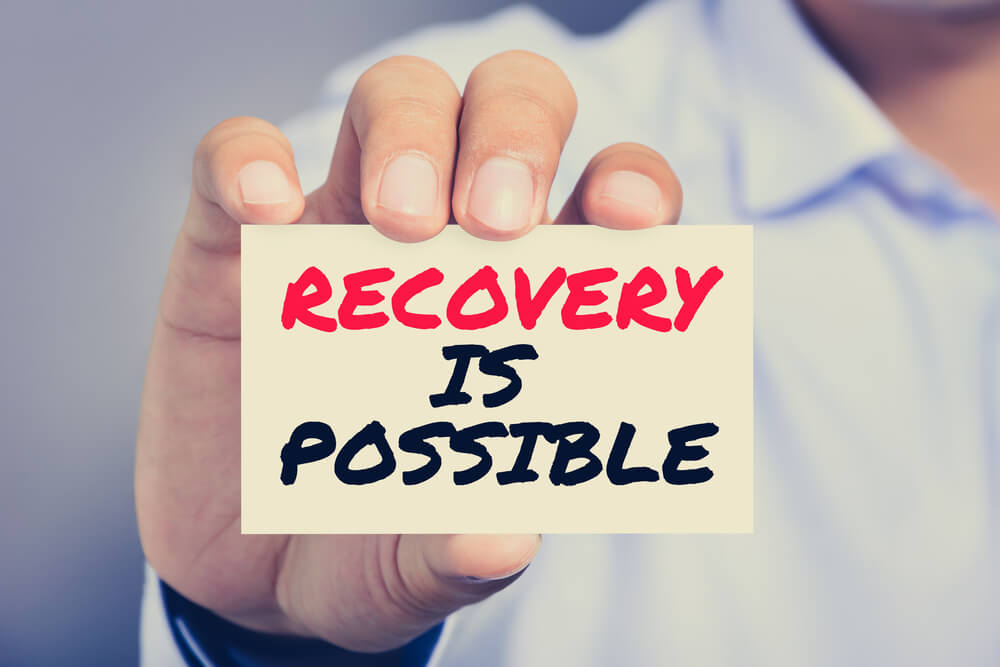

What harm can alcohol use disorder cause? Out of every 100 women, 8 will have alcohol use disorder in their lifetime.Out of every 100 men, 17 will have alcohol use disorder in their lifetime.Alcohol use disorder is more common in men than in women.In the United States, 17 million adults aged 18 years or older have alcohol use disorder.Note: The drink limits listed above are for people who have not been diagnosed with alcohol use disorder, who are not pregnant, and who do not have a condition in which drinking may be harmful (such as liver disease).įor people who have been diagnosed with alcohol use disorder or who have a condition in which drinking may be harmful, even one drink may be too many. For liquor (80 proof), one drink is 1.5 ounces.For wine (12-percent alcohol), one drink is a 5-ounce glass.For beer (5-percent alcohol), one drink is a 12-ounce bottle.The amount in “one drink” depends on the type of alcohol: *From the National Institute on Alcohol Abuse and Alcoholism and the U.S. Other things, such as having low self-esteem or being impulsive, may raise the risk of alcohol use disorder.ĭrinking beyond the limits* listed in the chart below may raise the risk of developing alcohol use disorder. A person’s environment may also play a role. The risk of alcohol use disorder may run in some families. You have to drink to ease or avoid the withdrawal symptoms.Īlcohol use disorder can be mild to severe, depending on the number of symptoms a person has.When you stop drinking, you have symptoms such as nausea, sweating, or shakiness or you feel restless, anxious, or depressed.You do not feel the same effects of alcohol from the amount you used to drink.You have to drink more than you used to in order to feel the effects of alcohol.You have developed a tolerance to alcohol.

You keep drinking even though it has caused or worsened your physical or mental health problems.Your drinking has put you in danger (for example, driving while drunk, having unsafe sex, or taking part in other unsafe activities).



 0 kommentar(er)
0 kommentar(er)
